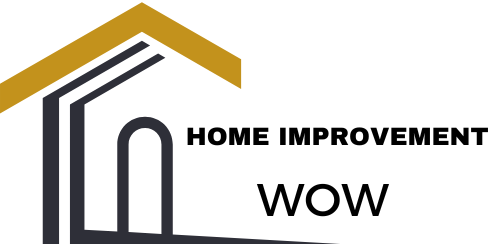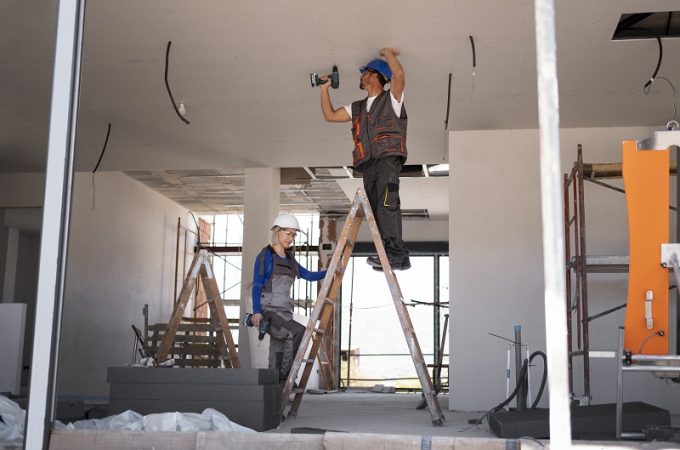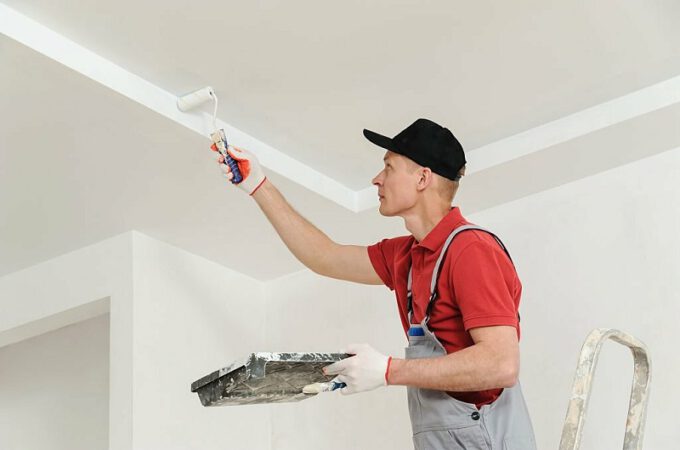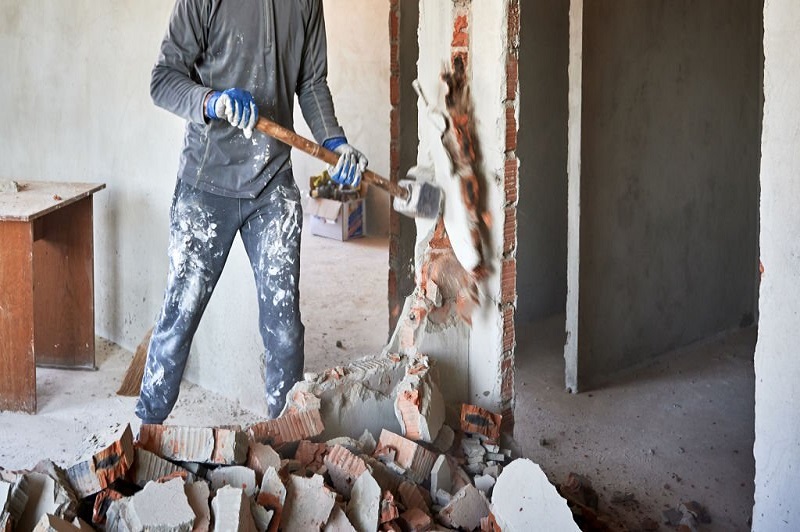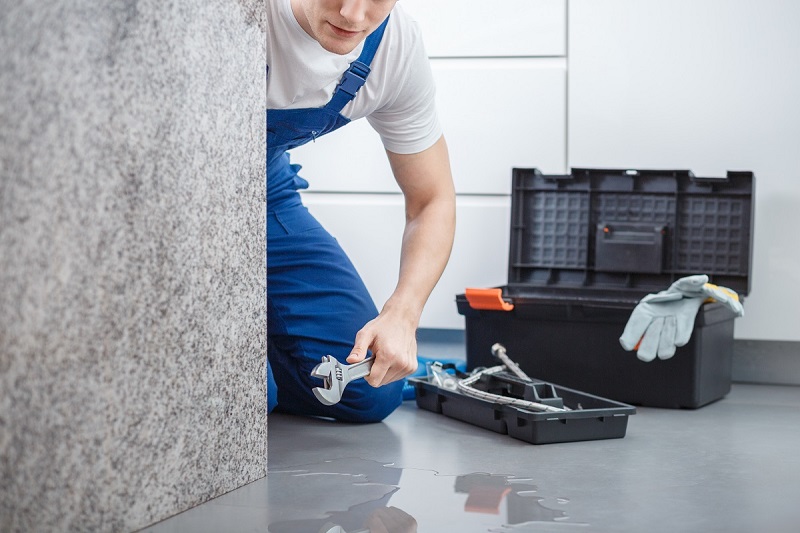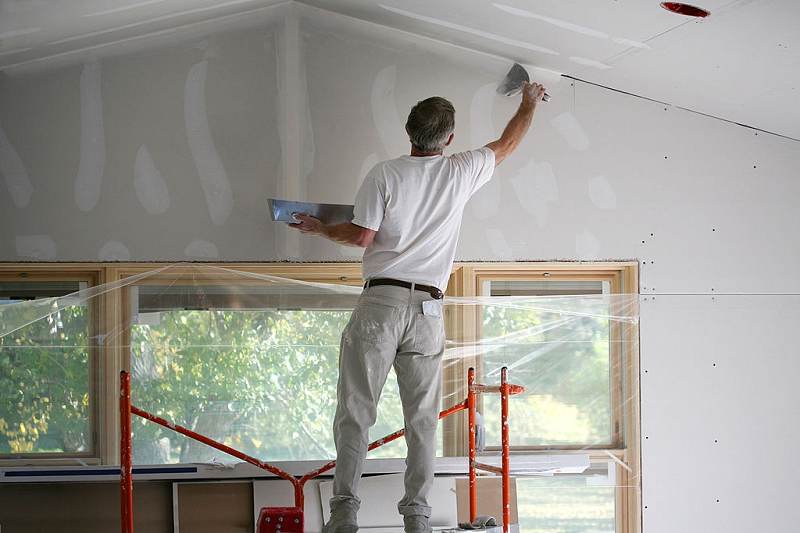
Different Types of Plaster Wall Texture Techniques
There are different types of plaster wall texture techniques that can produce a better and decorative impact different from the monotonous plain wall plaster surfaces. Internal walls are mostly covered with the plain surface but for the external surfaces, it is often seen that the walls of the boundary lines are decorated with different plaster textures. Few internal walls are also added with a surface and texture of a plaster that makes a difference from the monotonous appearances, in modern wall designs.
The different types of the techniques used for plaster wall texture are:
Comb
One of the common textures that is inspired by the rainbows, that puts in the design with the help of the trowel. Two people are required for the job; one can apply the mixture while the other will design the pattern. Not only rainbow, the combed texture can be put into different styles and designs, but most popular is the rainbow formed by the trowel.
Popcorn
All of us have experienced the look of the popcorn that is now known as the popcorn, plaster wall texture. It has been practiced from the 1960s also the traditional form that is used in modern times to cover the flaws and uneven tones of the wall surfaces. Popcorn surfaces are acquired after the finishing of the plastering on the wall surface. The process of applying is through the texture sprayer and with the help of a compressor.
Sand swirl
Sand swirl is stunning and amazing pattern for a long term attractive interior walls for your sitting or dining rooms. It is also one of the common textures applied on the wall as the plaster wall texture, it is placed on the plaster surface with the perlite primer and sand. The designs of arched patterns are created by a brush, with the rotational motion of the brush.
Knockdown
You need a trowel and a curved knife to draw the pattern on the plaster walls. This plaster wall texture can be created on the drywall, so you may not worry about the condition of the walls. A wonderful multi-layered surface is laid with the proper rotation of the trowel and the curved knife. You can apply the textures on the walls of the bedrooms to differentiate it from the monotonous wall looks.
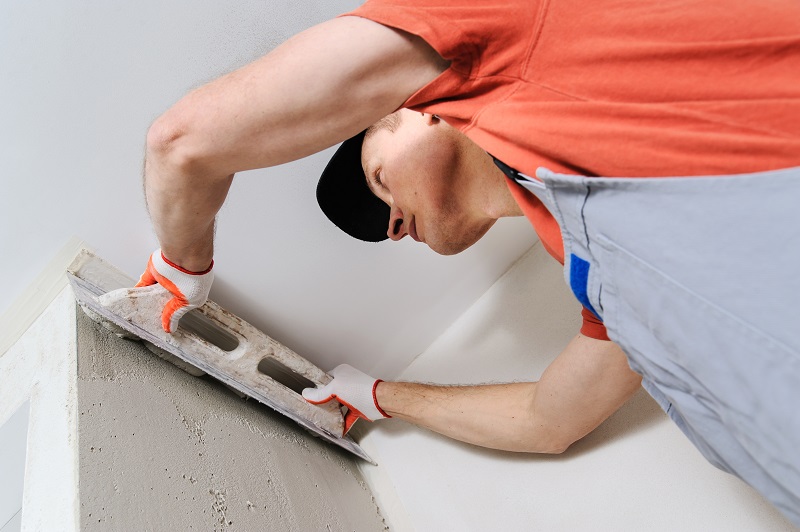
Reasons for plaster wall texture
The main reasons for the application of the textures on the plaster walls surface are mentioned below:
Aesthetic
All of us need a special effect and designs inside as well as the exterior of the house. Different types of designs are available that can be applied by the DIY or through skilled labors. So, the designs bring out and flaunt with the beautiful textures throughout the walls based on the plaster wall texture.
Cost-effective
Materials like mud, sand are used that make the design building cost-effective. You do not have to worry much about the expenses on the materials no matter if it is drywall or a wet surface.
Durable
You can confidently stay within the wonderful textured walls year after year reducing the damps and water leakages on the wall. It is durable as the materials used may be less expensive, but the thickness provided on the walls increases the durability of the walls.
So, the plaster wall texture can be of different types with various benefits. The decorative can be on the surface of the plaster walls or with the plastering work that produces different designs but should be carried out by skilled labor for better results.
